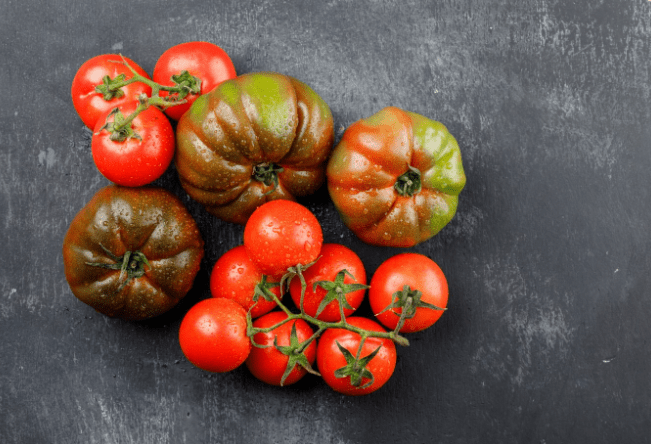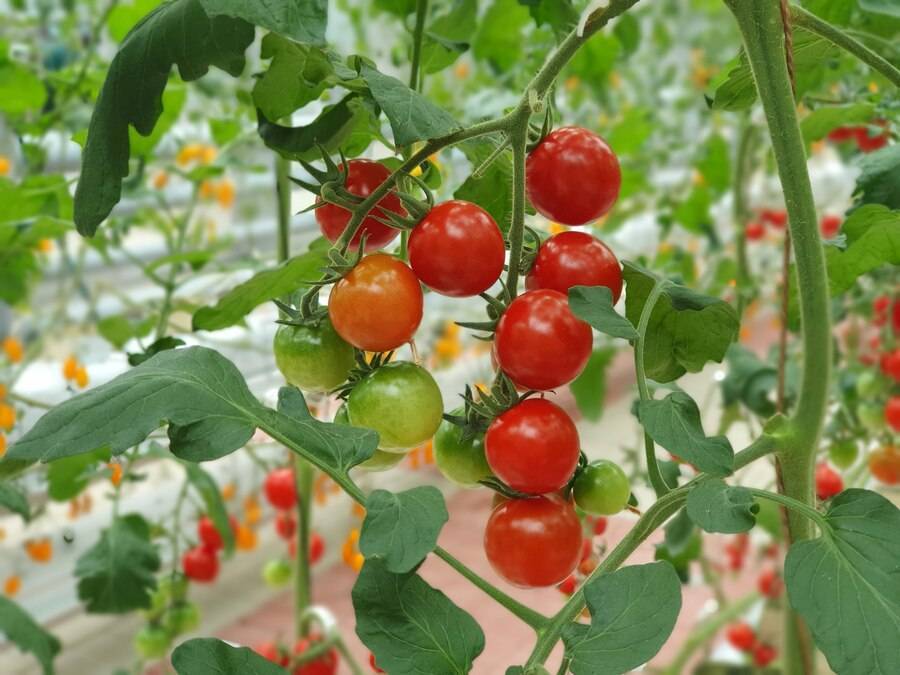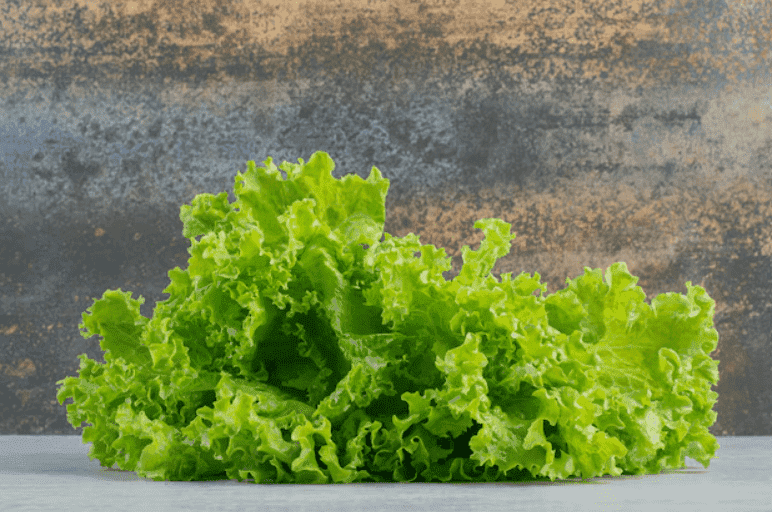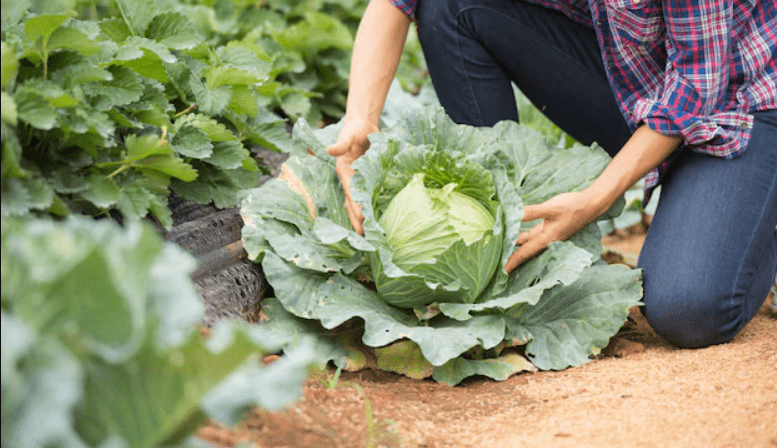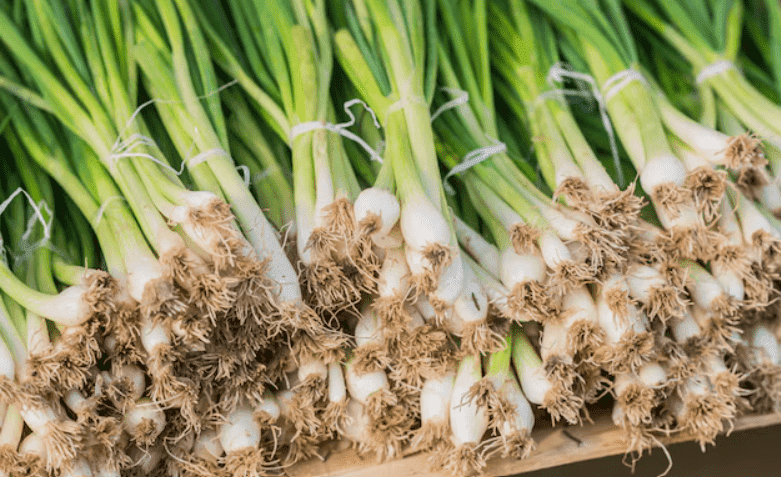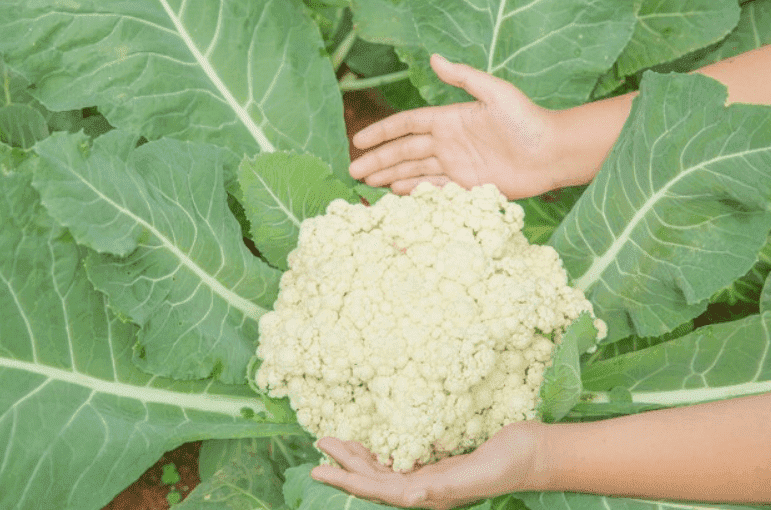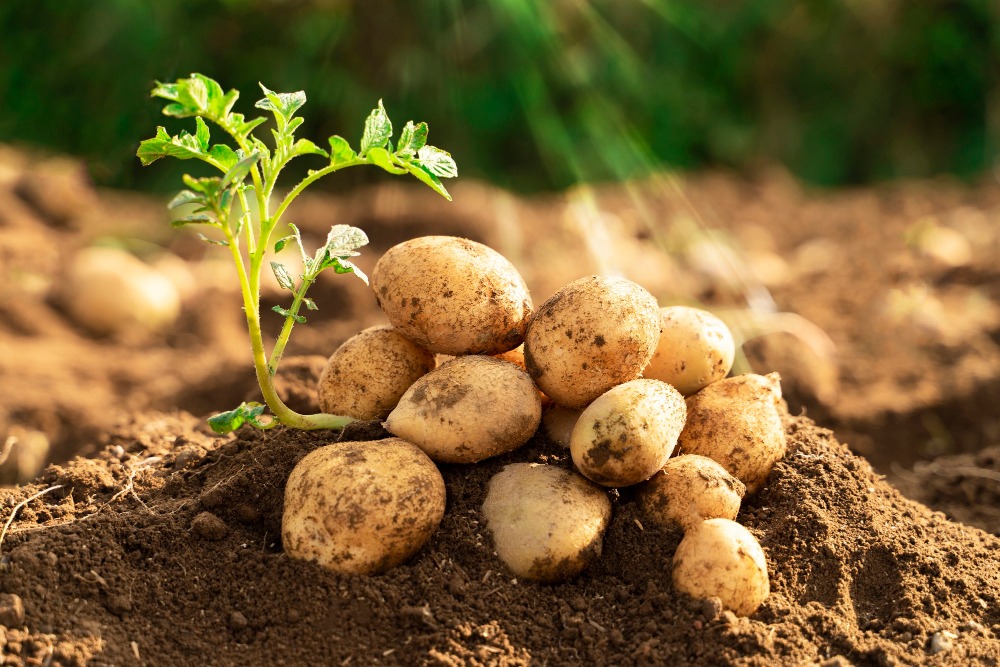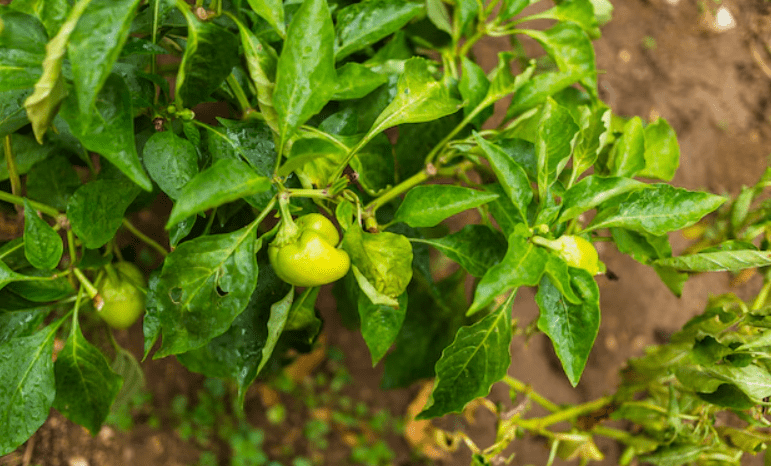Understanding how to identify and manage common tomato diseases is crucial in cultivating healthy, productive plants. An infection that starts on a single tomato plant can rapidly spread throughout the entire garden.
Many of these issues stem from fungal organisms that thrive in specific climates, typically during periods of high moisture combined with either cool or warm temperatures.
If you’re cultivating tomatoes this season and aiming for a thriving yield, here are some common tomato diseases you should watch out for.
Table of Contents
ToggleEarly Blight
There are three types of tomato blight, one of which is Early Blight. The Alternaria fungus triggers it and is among the most widespread leaf spot diseases affecting tomatoes.
Symptoms:
Small, dark brown spots with concentric rings first appear on the lower leaves, gradually spreading upward. This leads to leaf curling, drying, and eventually dropping off.
Management:
Trim away the lower leaves by removing up to one-third of any affected areas. Use a tomato-safe fungicide as soon as symptoms appear or when conditions are favorable for the disease. Avoid composting infected plants, as this can reintroduce the fungus into your soil.
Prevention:
Minimize the risk of early blight by watering directly at the base of plants and applying mulch to reduce soil splash. Ensure proper spacing between plants to boost airflow. Use stakes for support, control weeds, and routinely prune the bottom leaves. Practice crop rotation. Avoid planting tomatoes or other nightshades in the same spot for at least two years. Preventative sprays containing copper or sulfur can also help stop the fungus from spreading.
Late Blight
Late blight is a fast-spreading mold infection that targets tomato foliage, stems, and fruits. It typically emerges in cool, damp conditions.
Symptoms:
Leaves develop greasy, irregular, dark brown spots with green-gray borders. In moist conditions, a ring of white mold often forms around the blotches. Over time, the spots become dry and papery. Stems may show darkened, sunken patches, and the fruit often displays large, greasy gray marks. A secondary bacterial infection can cause the fruit to become soft and mushy.
Management:
Copper-based sprays can help reduce the spread, though they are not always fully effective. The organic fungicide Serenade is more effective as a preventative measure than a cure. Since the pathogen can survive winter in soil, plant debris, and seeds, it’s essential to clear all remnants from the garden. Crop rotation also reduces the risk of future outbreaks.
Prevention:
To prevent late blight, rotate planting areas annually and select varieties that are resistant to the disease. Ensure proper spacing to improve airflow, and prune leaves that touch or crowd other plants to minimize moisture buildup.
Fusarium or Verticillium Wilt
Fusarium wilt and verticillium wilt are two different fungal diseases that often get mistaken for each other due to their similar symptoms. Though they affect tomatoes in nearly the same way, each is caused by a different type of soil-borne fungus.
Symptoms:
In warm temperatures, infected plants wilt during the day but may seem to recover overnight. The symptoms typically begin on older, lower leaves and gradually move upward. Leaves on one side may turn yellow, dry out, and fall off, becoming brown. A telltale sign is the discoloration of the internal tissue near the base of the stem. Infected plants may deteriorate slowly over a week or collapse rapidly.
Management:
Both diseases require the same approach. Remove and discard infected plants along with their root systems. While the fungi do not spread between plants in a single season, their spores can survive in the soil for several years. Unfortunately, no fungicide is effective in treating either wilt.
Prevention:
Choose tomato varieties marked VFN or FN, which offer resistance to these diseases. Sanitize garden tools regularly and rotate crops every three years to break the disease cycle. Additionally, avoid excessive use of nitrogen fertilizer, as it can make plants more susceptible to infection.
Powdery Mildew
Three types of airborne fungal spores cause powdery mildew, each favoring different temperature ranges. While the spores vary, high humidity consistently increases the risk of infection. Although the fungus doesn’t directly affect the fruit, it causes significant leaf loss.
Symptoms:
Small yellow spots appear on the leaves, developing into white, powder-like patches that may spread to cover entire leaves and stems.
Management:
To control powdery mildew, treat the entire plant with sulfur dust, fungicides, bio fungicides, or horticultural oils. Remove any affected leaves and buds promptly to reduce spread.
Prevention:
Ensure proper spacing between tomato plants to boost airflow. Regularly prune to promote better circulation and water consistently at the base to prevent wetting the foliage. These steps help maintain low humidity around the plant and discourage fungal growth.
Anthracnose
Anthracnose is a widespread fungal disease that leads to fruit rot in tomatoes. It thrives in humid, warm environments and is especially problematic in gardens with poorly drained soil.
Symptoms:
Infected fruit shows small, round, sunken spots that appear water-soaked and gradually expand in concentric circles, eventually causing the tomato to rot. Leaves may also display small, circular spots with yellow halos.
Management:
Copper-based fungicides offer some protection but are most effective when used preventively. Treat the entire tomato crop with fungicide at the first sign of disease or when weather conditions are ideal for its spread.
Prevention:
Use certified seeds and plant in soil that drains well. Remove the lower 12 inches of foliage to reduce soil contact. Support plants with stakes, apply mulch, and keep weeds under control. Always water at the base to avoid splashing. Prevent the fruit from overripening on the vine and promptly discard any rotting tomatoes or plant debris.
Septoria Leaf Spot
It is a type of tomato blight caused by the Septoria fungus. While it doesn’t directly affect the fruit, it severely damages the foliage.
Symptoms:
The infection often appears when the first fruit begins to form and can resemble early blight. However, septoria typically presents as many small, dark spots on the leaves. These spots develop pale gray or tan centers. Infected leaves gradually wilt, dry, and fall off.
Management:
Apply tomato-safe fungicides or bio fungicides regularly to protect the entire crop. Copper sprays and Serenade offer some control but are most effective when used early. Remove any infected leaves as soon as possible to limit the spread.
Prevention:
Maintaining a clean garden is key to preventing septoria leaf spots. Remove fallen leaves and plant debris promptly, sanitize tools before and after use, and water only at the base of plants. Control pests that may carry spores, and rotate tomato crops every three years to reduce fungal buildup in the soil.
Blossom End Rot
It’s a physiological disorder caused by a calcium deficiency during fruit development. This issue often results from irregular watering or excessive use of high-nitrogen fertilizers.
Symptoms:
Dark brown or black, water-soaked patches form at the blossom end of the tomato. These spots expand as the fruit continues to rot.
Management:
Remove any affected fruit to redirect energy to healthy development. Ensure deep, consistent watering to help plants absorb nutrients effectively. Incorporate garden lime into the soil to boost calcium availability, and use a balanced fertilizer that’s low in nitrogen and higher in phosphorus.
Prevention:
Maintain a steady watering routine and avoid wide fluctuations in soil moisture. Apply a well-balanced fertilizer to support healthy fruit development.
Damping Off
It is a fungal infection caused by Rhizoctonia that primarily targets young tomato seedlings.
Symptoms:
Infected seedlings may fail to sprout, or if they do, their stems appear soft and water-soaked and may collapse at the soil line.
Management:
To reduce the risk, start tomato seeds indoors using sterile, low-nitrogen soil. Wait to add nitrogen-rich fertilizer until the seedlings have grown their first true leaves. Keep the soil surface dry between waterings to prevent fungal development.
Prevention:
Choose well-draining soil and avoid watering too frequently. Sanitize tools before use and ensure proper spacing between plants to enhance airflow and minimize humidity.
Mosaic Virus
Mosaic virus spreads through multiple channels, including infected seeds, grafting, insect activity, or even human touch. It’s incredibly persistent and capable of surviving in plant debris for over five decades.
Symptoms:
Infected plants may show curled leaves with a mottled or patchy appearance. New growth tends to be small and pale, and fruits can develop internal browning or display a distinct mosaic pattern on the skin. Overall, plant growth may appear stunted or discolored.
Management:
Managing the mosaic virus is challenging. While there’s no direct cure, using reflective mulches can help deter insect vectors that often carry the virus.
Prevention:
Choose disease-resistant tomato varieties and practice regular crop rotation. Use natural insect repellents, and always sanitize your hands and tools before handling plants. Remove any infected leaves immediately to limit the spread.
Sunscald
In hot, sunny climates, tomatoes are vulnerable to sunscald. This often occurs when plants are heavily pruned, leaving fruits exposed without enough leaf cover for protection.
Symptoms:
Fruits show pale, bleached, or burnt patches, usually on the side exposed to direct sunlight. These scalded areas can become dry and sunken over time.
Management:
Once a tomato is sunscalded, it can’t be repaired. However, you can protect remaining and developing fruit by setting up temporary shade structures or using shade cloth.
Prevention:
If you garden in a particularly sunny area, plant tomatoes where they’ll be shielded from intense midday sun. Avoid over-pruning, as a full canopy of leaves helps shield fruit.

